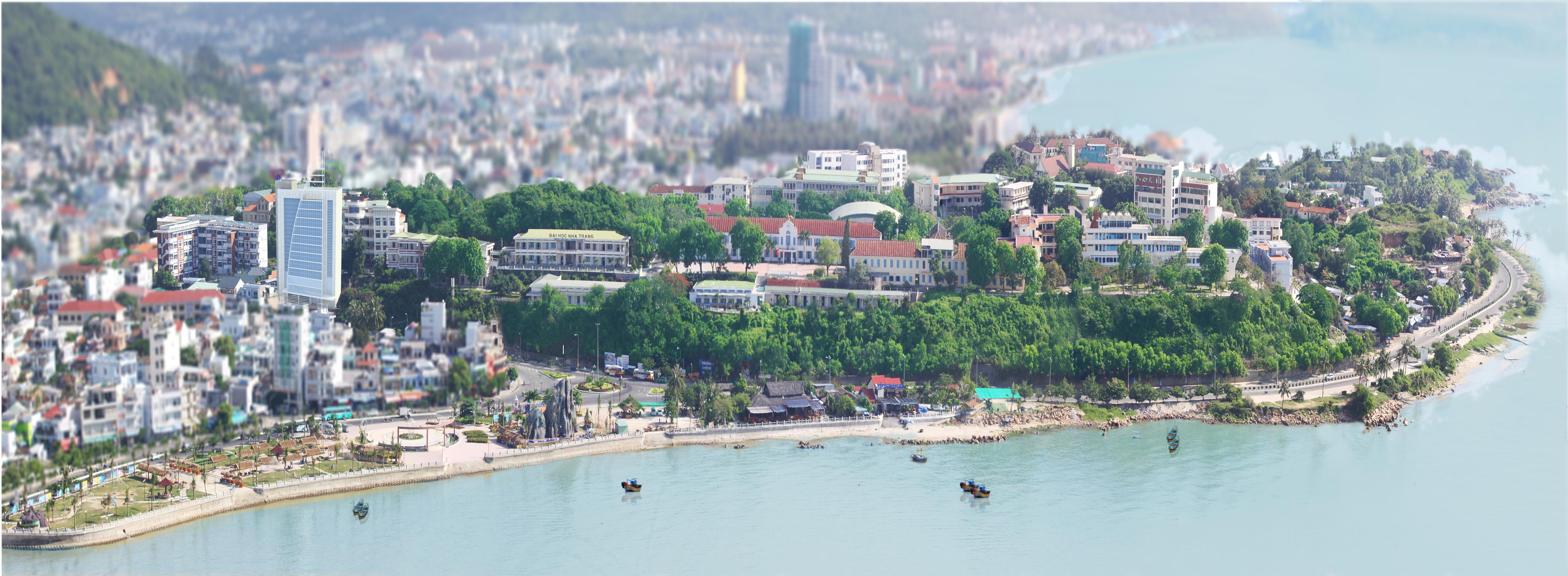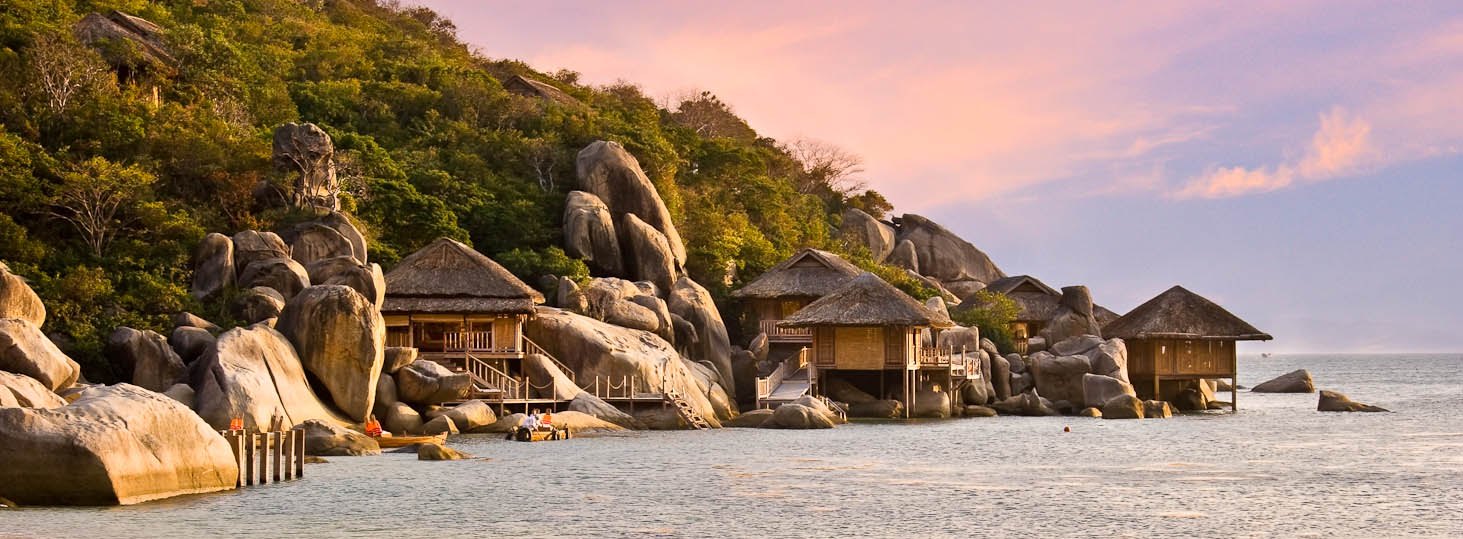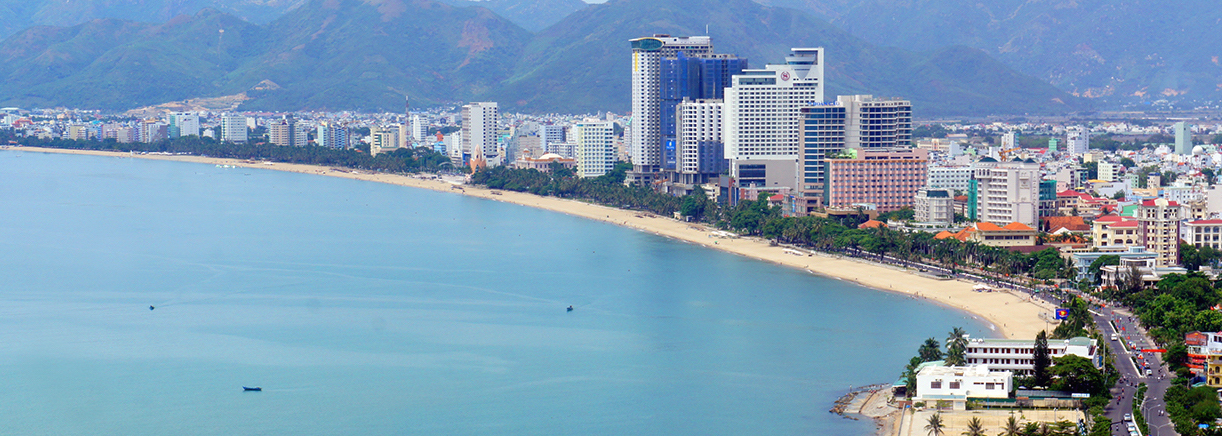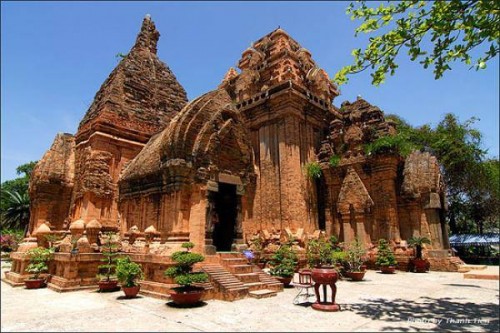The customs of Linga and Yoni worship origins from the community at the Indus basin, who are Sumerian and Dravidan. Their religion sticks with the legend of Goodness of plants and trees, and worships the yin power, considers the fertility is the beginning of creativity.
When Hinduism was born, according to the legend of Siva, this God appeared for the first time in a Linga shaped fire. Lately, human had symbolized Linga and Yoni to worship Siva God, considered Linga to be the yang features, Yoni to be the yin. The combination of Linga and Yoni or so – called Linga-Yoni is the symbol of Siva‘s creativity. In this state, Siva God is also called “God of sleep”. The creativity energy parts Linga – Yoni are usually worshiped in Cham Tower, which symbolized for Siva and fertility and growth.
Linga and Yoni are worshiped not only in India but familiar in other countries which effected by Hinduism like Champa, at that time.
Linga and Yoni in Champa have their own features, and there is no other place that Linga – Yoni appeared so much, varied in shapes and big size like in Champa. Linga – Yoni in Champa could be considered to be one of expression of the Hinduism impact.
Linga sculptures in Champa have familiar feature is to have a flat top, except for some which have round or pyramid top. There are three basic types of Linga. The first one has simple cubic shape. The second type has two parts, the top is in cylinder shape, and the bottom is an octagon or cubic. The last one has three parts, the top is cylinder, the lower part is octagon and the bottom is cubic. The third one is familiar in Champa sculptures, which expresses the respect to all of three Gods in Indian religion ( Brama, Visnu and Siva), so – called “ Three Gods in one spirit”, to some extends, to emphasize the meaning of power of the King, in Champa.
On the other hand, the expression of Linga with three parts has a materialist philosophy meaning, to explain the interpretation arise, development and destruction, as well as the gathering of three Gods in Hinduism, is the explanation of the world in motion with three tendencies and basic necessity are: creation (things were born), conservation (existence), destroy (things are converted into new ones) of Indian philosophy.
Moreover, Linga also presents model with human face on top, called Mukha-Linga. We just can find only one case in Champa sculpture, which is in the bosom Mukha-Linga main tower Po klaun Garai and it may also indicate the King Po klaun Garai. For this case, indication simply wants to emphasize the closely combination of theocratic kingship and rigorously
The images of Yoni in Champa sculpture are diverse, generally, the major categories such as rectangle or almost square, kind of round shapes and decorated with lotus petals around, especially, Yoni in round shape was decorated with chest women around.
As usual, Linga and Yoni combine together to form one body called Linga-Yoni. The majority of each Yoni’s pedestal, on which is a Linga; but in Champa sculpture, there is a case that there are particular a lot of Lingas and especially, Yoni is replaced by the image of human (or God) sit on it, as in the main tower Po Nagar Yoni, could this be the image of the goddess Po Nagar
Currently in the outdoor exhibition area of the National History Museum is exhibiting Linga – Yoni, made of sandstone, restored based on the form of 10th century 9- century, according to the form in Chien Dan towers, An Mỹ area, Tam An, Phu Ninh, Quang Nam.
Thus, Linga and Yoni in Champa sculpture have varied forms and imply different meanings. One thing cannot be denied that it not just a symbol of the god Siva in a normal way. It also shows why so many different opinions about the interpretation of the iconic Linga and Yoni in Champa sculpture.
It can be said that, the worship of Linga and Yoni in My Son, beside the aspect of art, heritage, it reflects the religion unique cultural world of the ancient Cham. Because that is the world of spirits, of the desire of prosperity, the harmony of yin and yang, the creative energy and is also the symbol of orthodoxy, and eternal authority of a dynasty which created these icons. In particular, Siva linga and also embody the divine protection of Champa kings, and a lot of other reasons that we have not had a chance to understand clearly.





